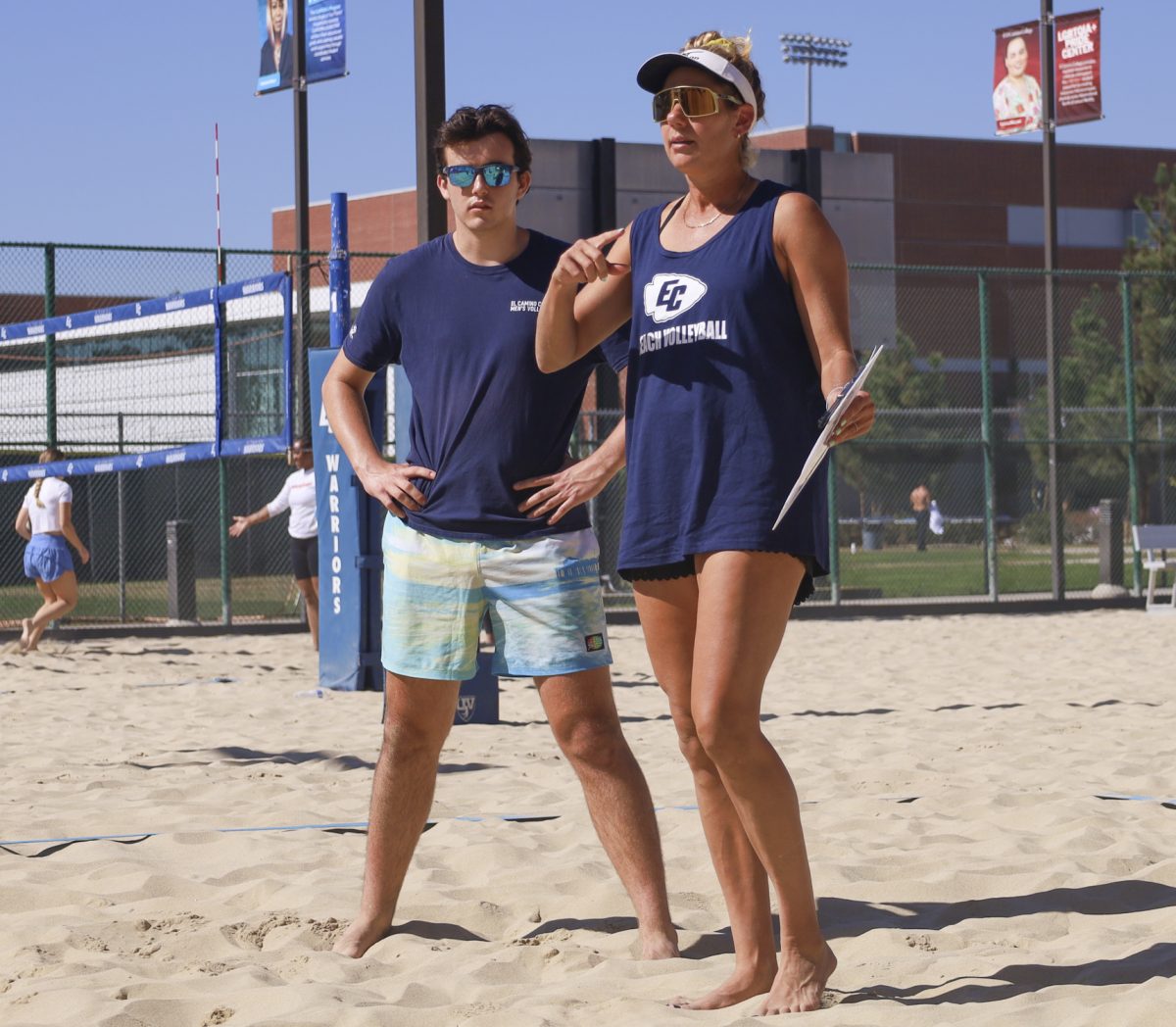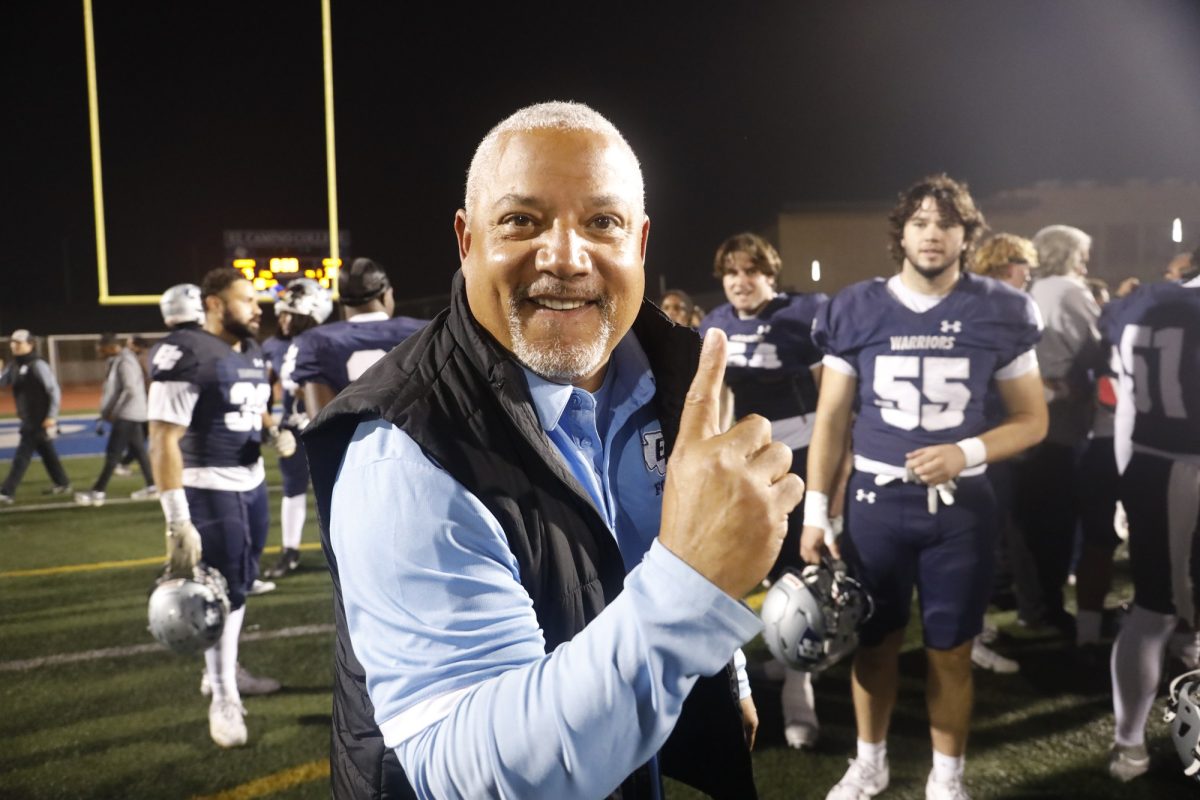Millions of dollars brings the demolition of existing facilities at cost of more parking spaces.
Nov. 5, 2002 brought El Camino College $394 million through Measure E Bond for collegewide enhancements aimed toward the wellbeing of students.
“The bond will be used for campuswide structural improvements which would benefit the students for the lifetime of the school,” Dave Shannon, athletic director, said.
Approaching the 60th anniversary of the college, the facilities are in need of improvements and renovations.
Knowing this, El Camino reached out to the surrounding South Bay voters asking for a bond that would help cover these needs and they didn’t disappoint.
The local voters help pass the Measure E Bond, the first bond in college history, providing an ample amount of money for the structural renovation.
With the bond money in hand, the college surveyed students asking what their biggest concerns about the college were; to them, it was parking access.
“The president made these decisions with the help of his advisers, the board of trustees, architects, and the Facilities Planning Committee,” Shannon said.
It was settled, and plans were submitted for a three-story parking structure, which would contain 800 parking spots.
The structure would encompass the South Athletic Field, where the softball team plays, the tennis and volleyball courts, and the southern half of Lot H.
There will be setbacks for those select few who participate in the athletic department.
“We hate to lose a field, but we will get a new softball facility and tennis courts,” Shannon said.
Some positive outcomes are more parking for a student population that could reach 36,000 for 2020, a 28 percent increase over current enrollment, and less congestion in the frantic morning parking rush.
However, the negatives are that classes, practices, and games held at these facilities will have to be relocated and there will only be 500 parking spots gained because the structure will be take up part of the existing 300 parking spots.
“My best estimates are that the plans for the parking structure will be submitted in early 2006 to the Department of State Architects for final approval and if everything clears, construction would begin anywhere between summer 2006 and fall 2006,” Shannon said.
Even though construction is at the earliest one year away, it is an issue that faces both the athletic department and more specifically the coaches themselves.
“Both coaches understand they will be relocated for practice and competition,” Shannon said.
With two different coaches and teams affected by this massive structure comes two different views regarding the construction and relocation process.
“It’s going to be a good thing for the college and good for our program,” Randi Berg, assistant softball coach said.
The reality of having a minimum of one year to a possible two-year absence from on-campus softball activities is a fact that doesn’t bother Berg.
For Berg, the temporary inconvenience of going off campus daily for practice and games seems well worth it for the long-term benefit of the school and the program.
“I see the whole thing as positive because we’re in it for the long run,” Berg said.
Steve Kanegan, the men’s and women’s tennis coach, is a bit indifferent due solely to a lack of information presented to him.
“As long as we get a good facility and it helps the college in the end it will be all right,” Kanegan said.
The only negative aspect for the softball team is the mere inconvenience of traveling to practice, but the tennis program faces a more serious issue.
With tennis, both men’s and women’s, not being a major sport, they rely heavily on on-campus practice for recruiting purposes.
“It will be tougher for our recruiting,” Kanegan said. “We usually have individuals walk past the courts during practice, not knowing that we have a team, who want to join after finding out we have a team.”
Around the summer of 2006, service aces and home runs will be replaced by the banging sounds of machinery coming from the parking construction of the new structure.







